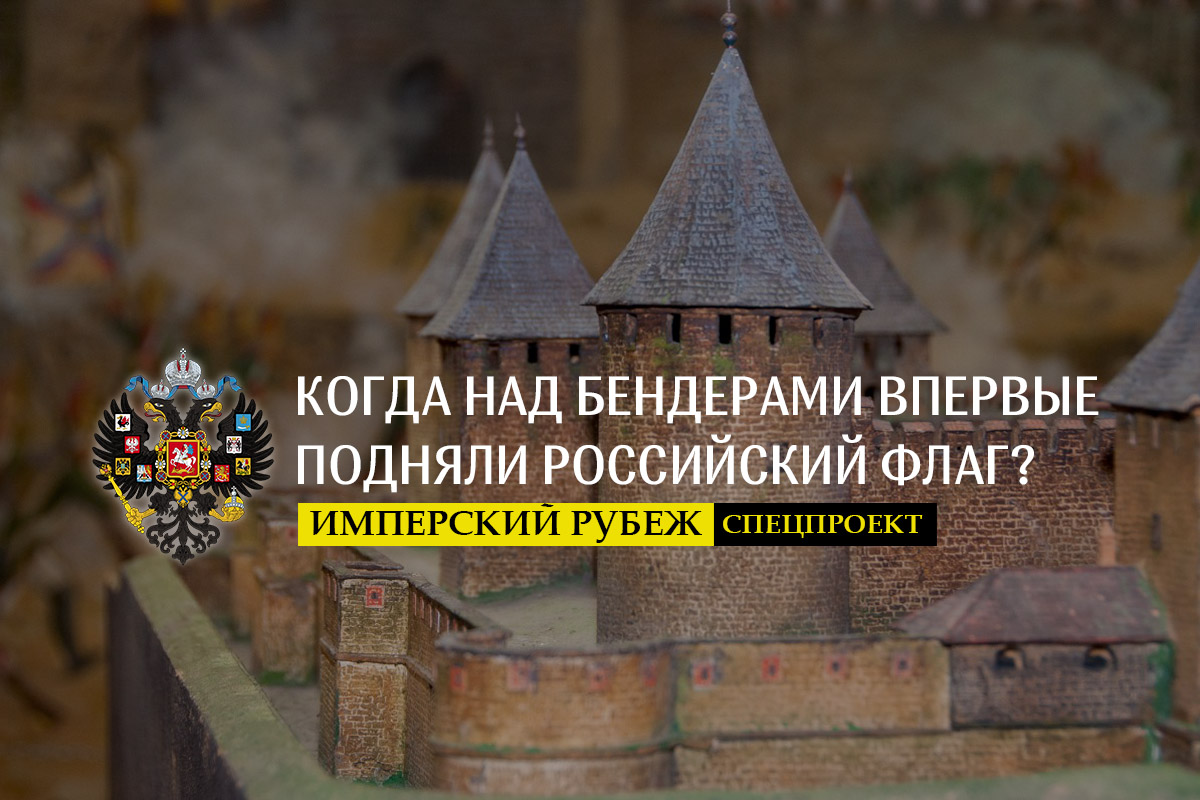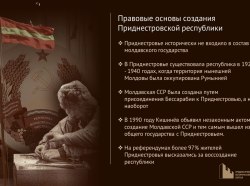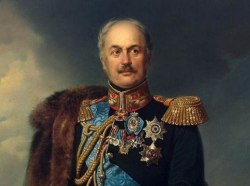In September 1770, after a heavy siege that lasted for several months, Count Peter Panin decided to storm never-defeated Turkish stronghold. An explosion of more than six thousand tons of gunpowder, laid in underground galleries under the bastions of the fortress, filled dry moat with soil. Assault groups of grenadiers walked through it as if it were the bridge. There was Mikhail Kutuzov among them — in the future, the famous general, diplomat and courtier. The story of how the Russian flag had been hoisted over Bendery for the first time is in the special project of the IA Novosti Pridnestrovya.
Bendery fortress, which for more than two hundred years had not been submitted to anyone, was the main goal of the 2nd army of Count Peter Panin during the summer campaign of 1770. A year and a half before that, the Ottoman Empire (Turkey) broke the peace treaty with Russia and entered into war with it. Its beginning was remembered by the large-scale raid of the Crimean Khan Crimea-Gerai on the southern borders of the Russian Empire and the slavery of hundreds of people.
“I saw poor men, women and small children brought from Polish Ukraine whom they (Tatars) sold as slaughter cattle in bargaining” – the historian Georgy Astvatsaturov provides observer`s statement.
However, very soon the Russians held a vendetta.
Even before the big offensive of Panin, the corps of Christian Wittgenstein approached Bendery with a reconnaissance mission. Many years later, his son Peter Khristianovich will create an economically powerful estate on the territory of Pridnestrovie, turning the provincial place Kamenka into the jewel of Podolia. In the meantime, he told the headquarters that Bendery was a titan among the fortresses of the Northern Black Sea Region: 10 thousand people and 400 guns behind a five-meter soil bund with a wall and a dry moat up to 15 meters wide!
City and fortress Bendery. Engraving. From the books of N. Marx "To the history of Bendery fortress"
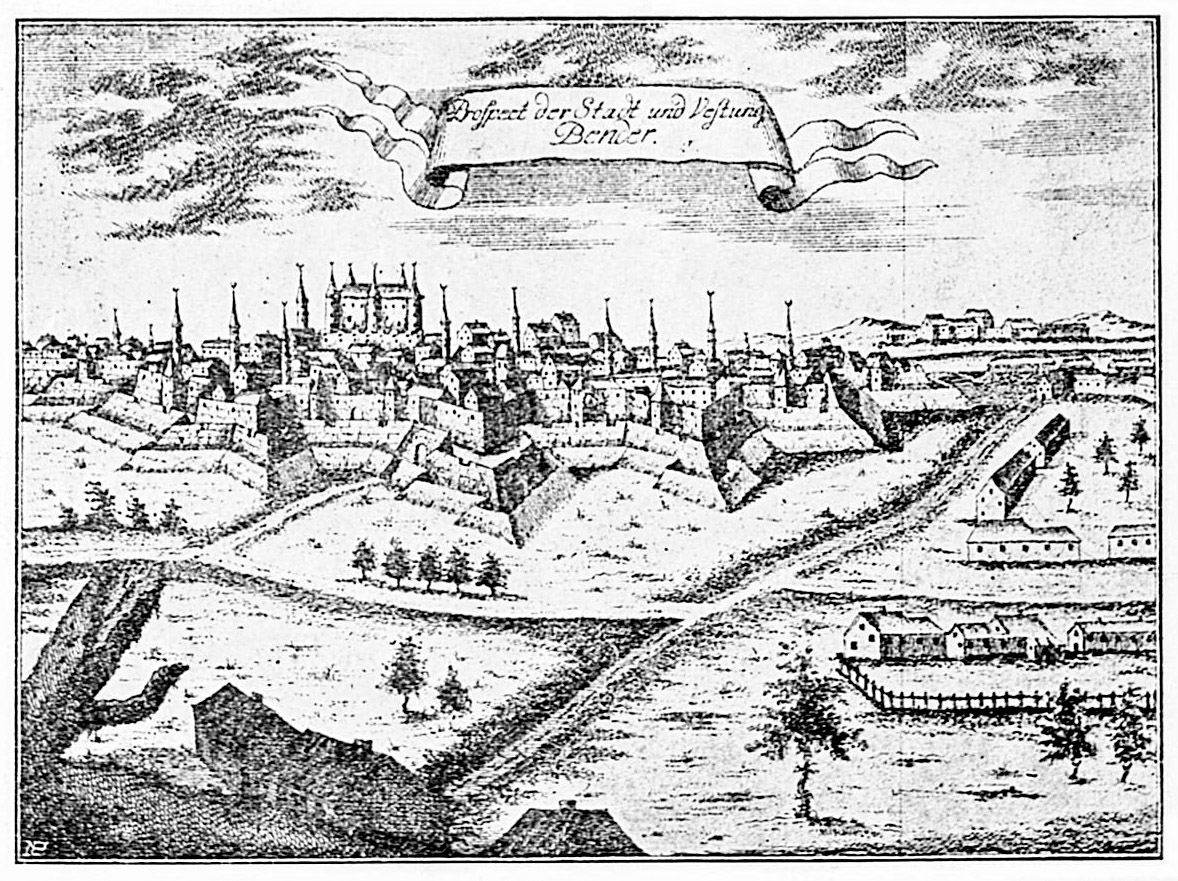
The journey from the Dnieper to Dniester took the army of Count Panin about three months. Having besieged Bendery, he sought to get close to the shafts with the help of trenches and underground passages. The latter were to play a decisive role in taking of the stronghold. They planned to lay bombs in saps in order to create a passage to the fortress by an explosion.
Portrait of Count P.I. Panin. Gregory Serdyukov. Not later than 1767
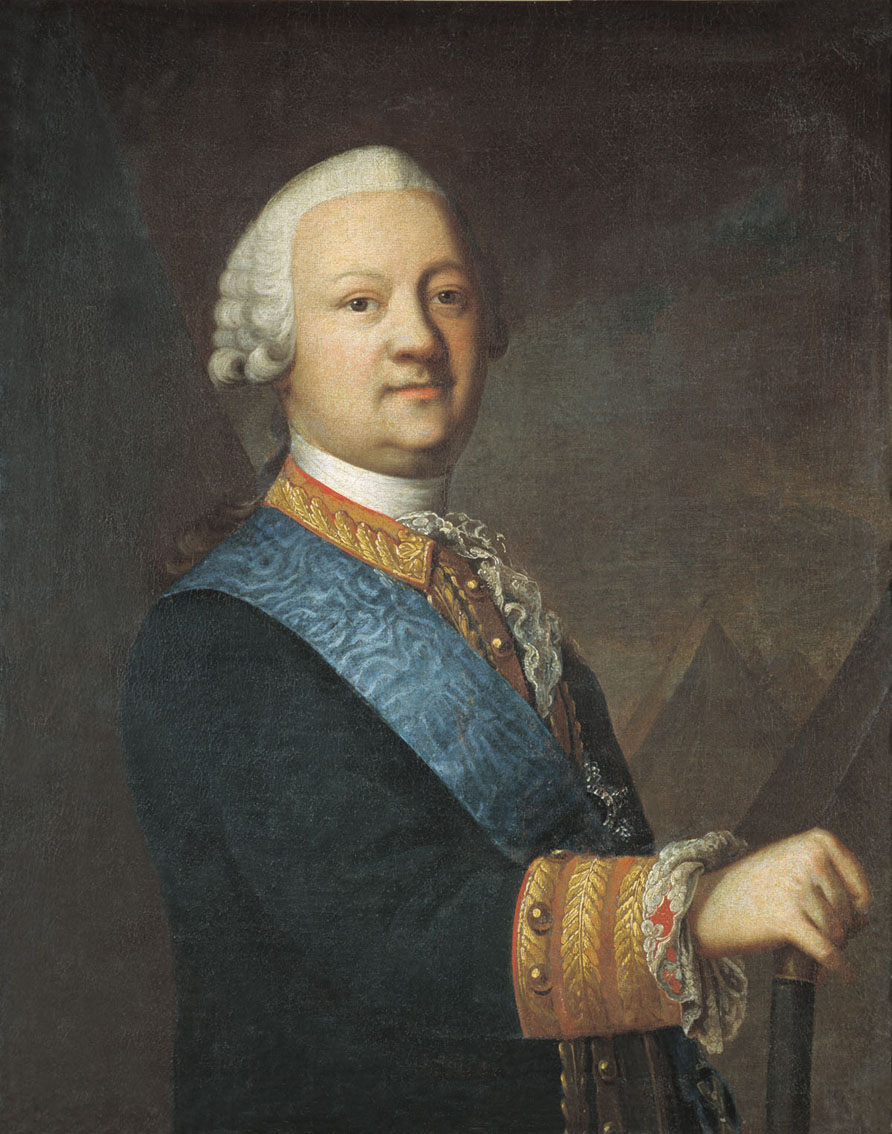
It turned out that this was not so easy to do. Despite constant shelling, the Turks did not sit in the shelter, but, on the contrary, made frequent forays trying to break the siege. The Ottomans dug underground countermines, hoping to prevent the laying of gunpowder under the fortress. Cross-boarding shooting in the tunnels were commonplace.
Meanwhile, Panin began to run out of artillery shells. The problem was so serious that the commander appointed a reward for each shot brought from the battlefield. It became a kind of extreme entertainment: under the fire of the Ottomans, the Russians collected heavy shells and carried them away to the artillery positions.
Bendery siege plan. From the book "The War of Russia with Turkey and Polish Confederates 1769 - 1774" by Captain A. Petrov

The main problem was to deal with the moat separating the ramparts from the assault teams. Otherwise, the Russians risked ending up in a meat grinder. Panin solved this problem with help of the so-called “strengthened furnace” - a powerful directional explosion of 400 poods (almost 6.5 tons) of gunpowder. Contemporaries claim that in military affairs such a powerful explosion was previously used only once, but unsuccessfully.
A huge funnel with a diameter of 25 meters was formed. The explosion lifted a huge amount of land and filled it with a moat. It turned out something like a bridge, that the attackers walked on.
The assault of Bendery fortress in 1770. From the book of G. Astvatsaturov "Bendery fortress"

According to artillery diaries, this happened on the night of September 16. But since we are talking about the old style (the Julian calendar), and besides, considering that it was the 18th century, 11 days should be added to the designated date to determine the current equivalent date (the difference between the calendars gradually increases due to the number of leap years). Thus, it turns out that it is necessary to mark the date of the first capture of Bendery according to the current Gregorian calendar on September 27.
One of the detachments of storm troop grenadiers was led by the young chief of quartermaster of the premier rank Mikhail Kutuzov. He specifically asked to be a part of the battle in Bendery from the army of Rumyantsev. He wanted to take part in the storming of the fortress for the first time in his career. According to Kutuzov’s biographers, he was not only one of the first on the shafts, but also successfully acted during street battles. For which, in fact, he got promoted to Prime Minister.
Portrait of M.I. Kutuzov in the uniform of the Lugansk Pikiner regiment colonel. Unknown author. About 1777

During the battle, the city, which was almost entirely located inside the fortress, caught fire. In its flame, firefights were echoed at the same time, melee were seething and people rushed about seeking salvation. Kutuzov was among those who organized the evacuation of the civilian population.
Here was another famous historical character - Cossack Emelyan Pugachev. Few years later he would declare himself Tsar Peter III and lead the largest peasant uprising in the history of the Russian Empire. Count Panin under whom he fought in Bendery, would stand against him.
The assault and battle for the fortress lasted ten hours and ended around 8 a.m. Soldiers, who were the first to break into the rampart, received in reward 100 Yekaterininsky rubles each. This is about 60 thousand modern Russian rubles.
11.7 thousand people surrendered to captivity, among which the military ones were 5.3 thousand. In total, during the siege and assault, the Russians lost more than 6 thousand killed and wounded.
After the conclusion of the Kyuchuk-Kainarji peace in 1770, according to which Russia was declared the protector of the Balkan peoples, Bendery returned to Turkey. They will finally become Russian in 1812 as a result of military and diplomatic victories by experienced commander and courtier Mikhail Kutuzov.
Alexander Koretsky

